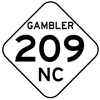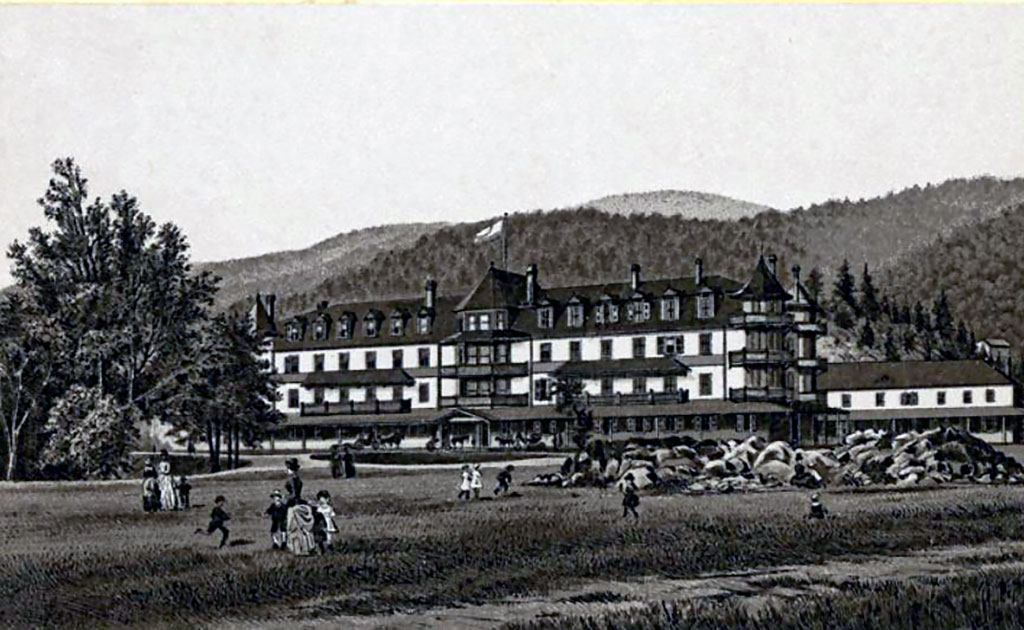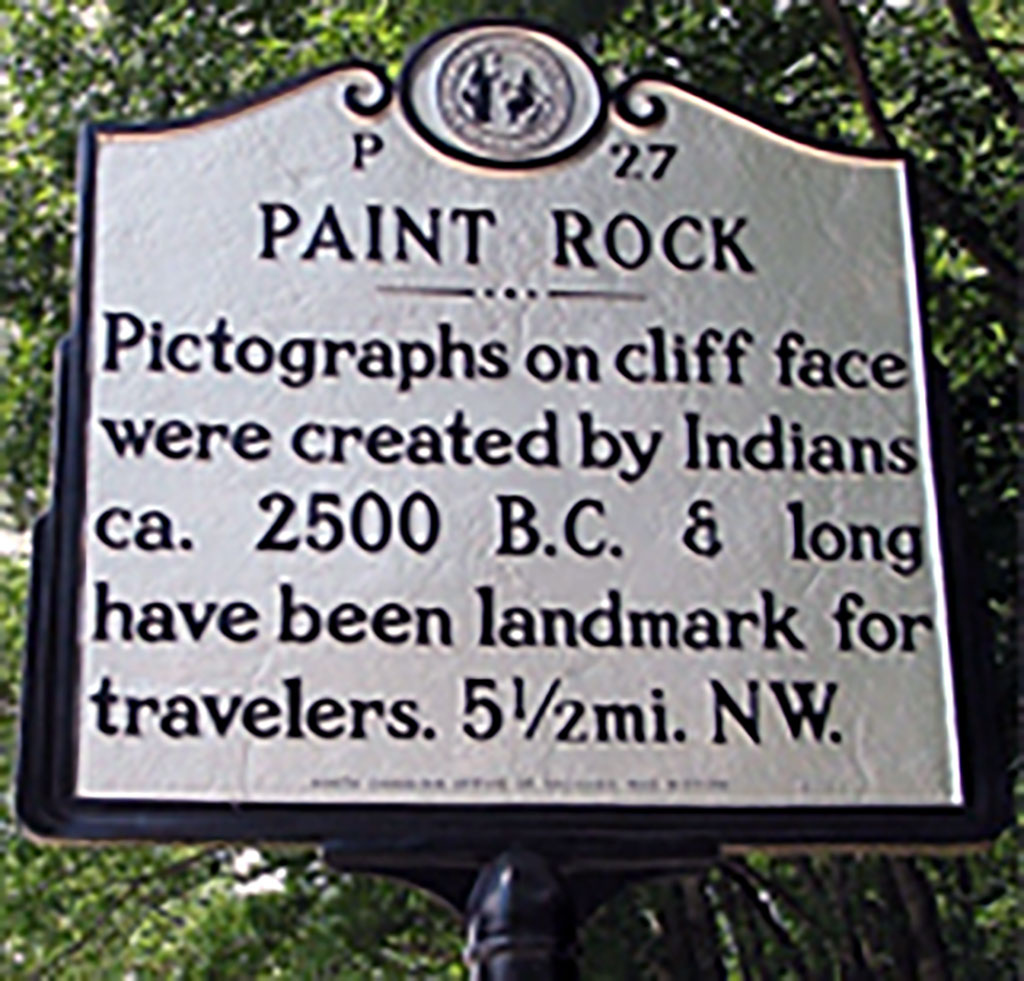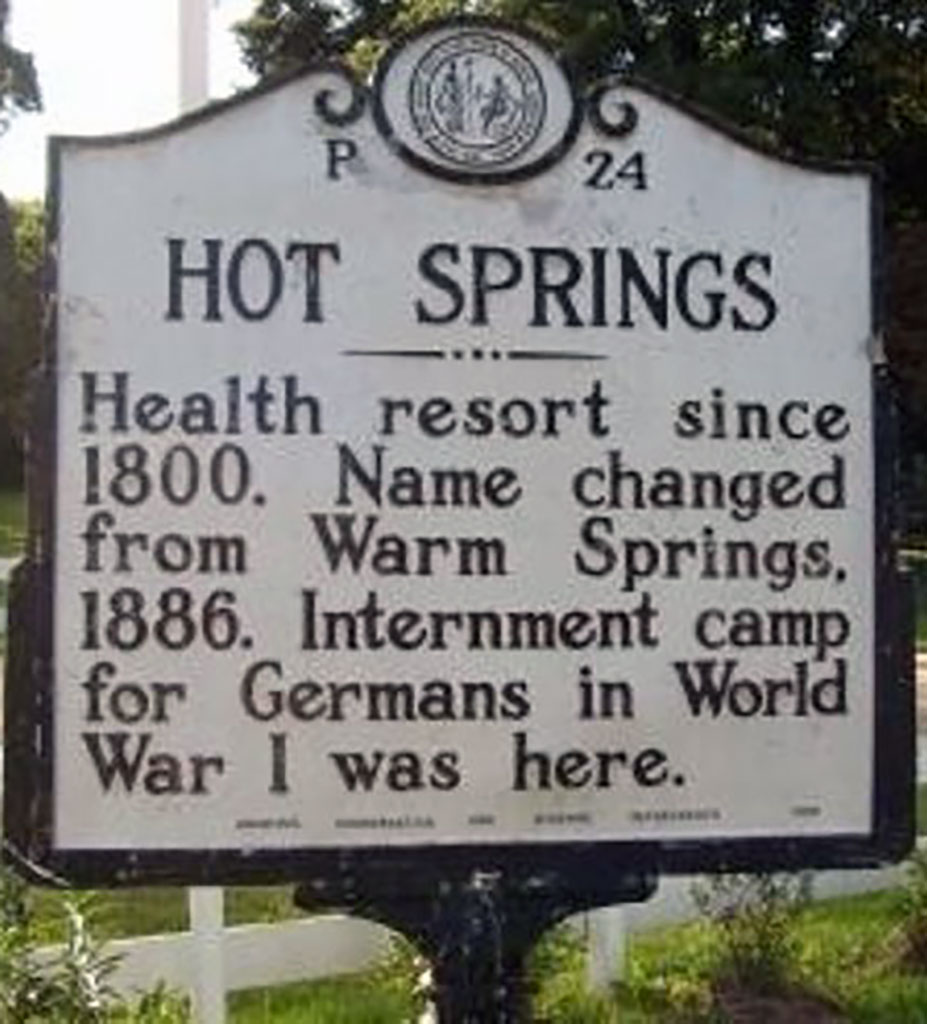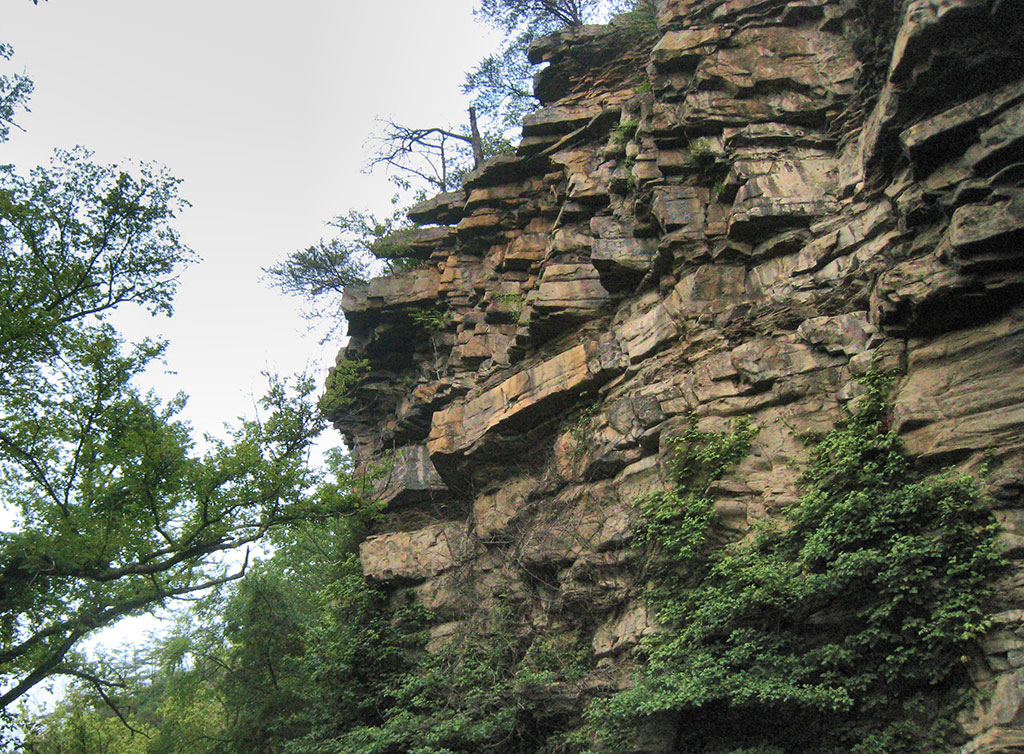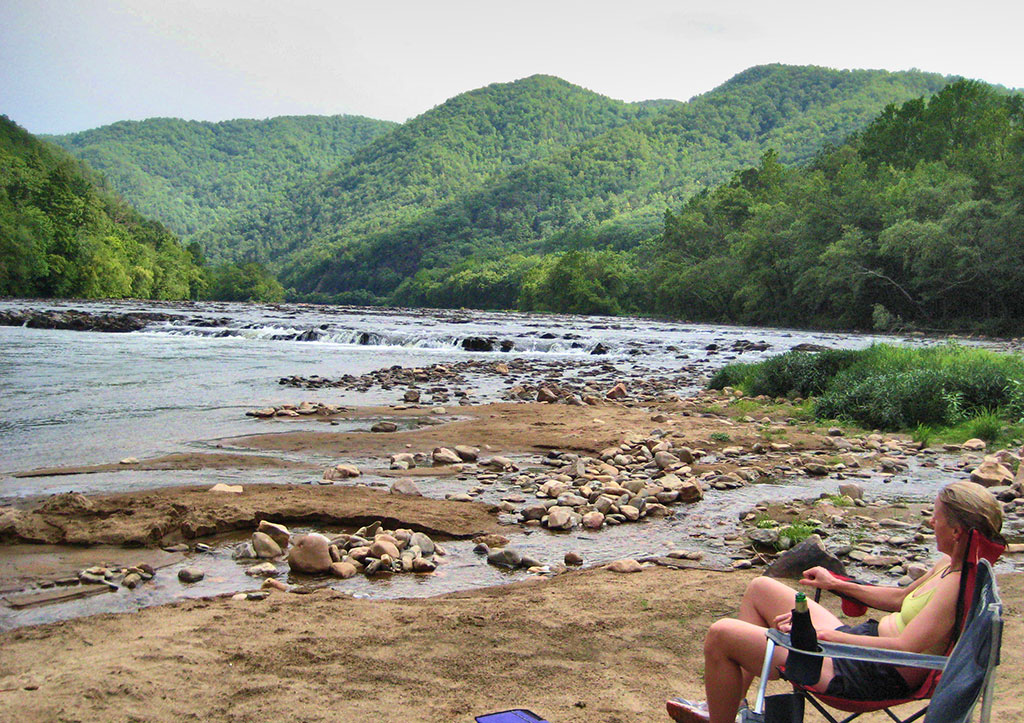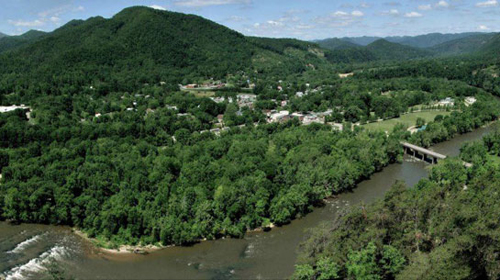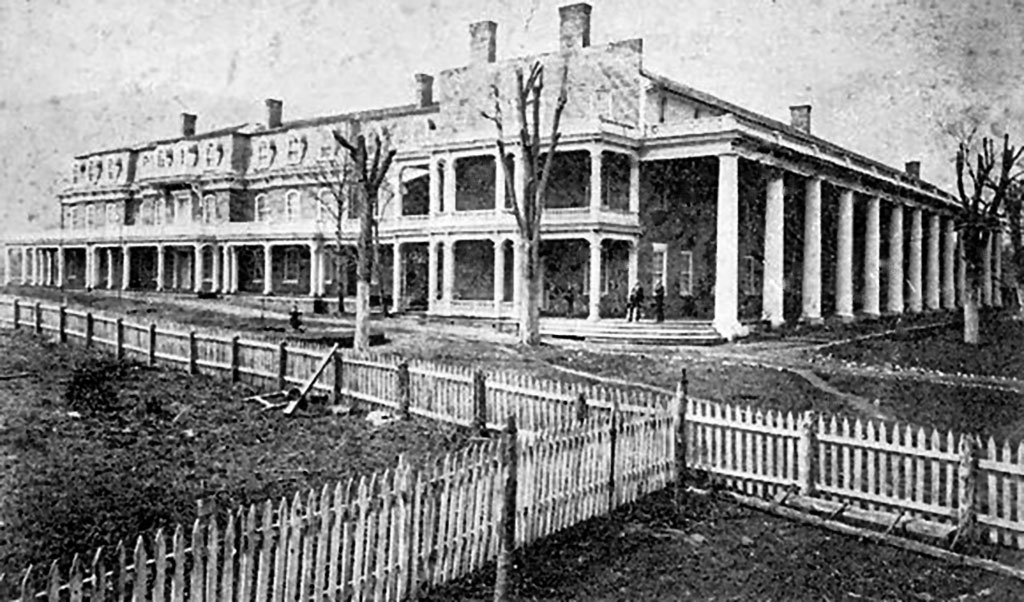
Hot Springs North Carolina History
Native American Indians first used the mineral laden 100 degree waters as a sacred ritual place for rejuvenation. And at nearby Painted Rock they conducted ceremonial rites. By 1800 the springs had been discovered by hunters, traders and settlers passing through the area.
An early entrepreneur William Nelson purchased the hot springs property in 1791 and began promoting the healing effects to potential visitors. At the time western North Carolina was geographically isolated due to haphazard, poorly maintained trails. The Buncombe Turnpike from Asheville meandered along the French Broad River before connecting to the Tennessee Road near Warm Springs. It was completed in 1828 and although initially used as a Drover's Road primarily to drive livestock, it eventually funneled travelers through the Hot Springs area.
Recognizing the potential of the springs to tourism, James Patton of nearby Asheville bought the springs in 1831. He constructed a 350-room Warm Springs Hotel by 1837. The dining room seated 600 guests. The springs changed hands in 1862 during the Civil War.
By 1882 the railroad had arrived in Hot Springs and the tourism futures looked promising. After renovations enlarging the Warm Springs Hotel it burned in 1884.
The Mountain Park Hotel was built in 1886. The town's name was changed from Warm Springs to Hot Springs with the discovery of springs that were substantially warmer. The new 200-room hotel was an elegant establishment at the time and even featured a nine-hole golf course, the first in North Carolina.
By World War I tourism had slowed and the hotel was leased to the federal government as an internment camp for captured German and Italian seamen.
After the war the charm of the hotel and area had seen its day. The Mountain Park Hotel burned in 1920 and two subsequent hotels eventually suffered the same demise.
After all of these fires one can't help but wonder if they should have kept the town name of Warm Springs instead of Hot Springs.
Today the town and area attracts a different class of tourism. Visitors include the typical traveler, motorcycle/sports car adventurers, hikers, bicyclists, and kayakers. It is a microcosm of diversity akin to nearby Asheville. The springs are still there in a more modern fashion and provide a relaxing if not rejuvenating therapy.
